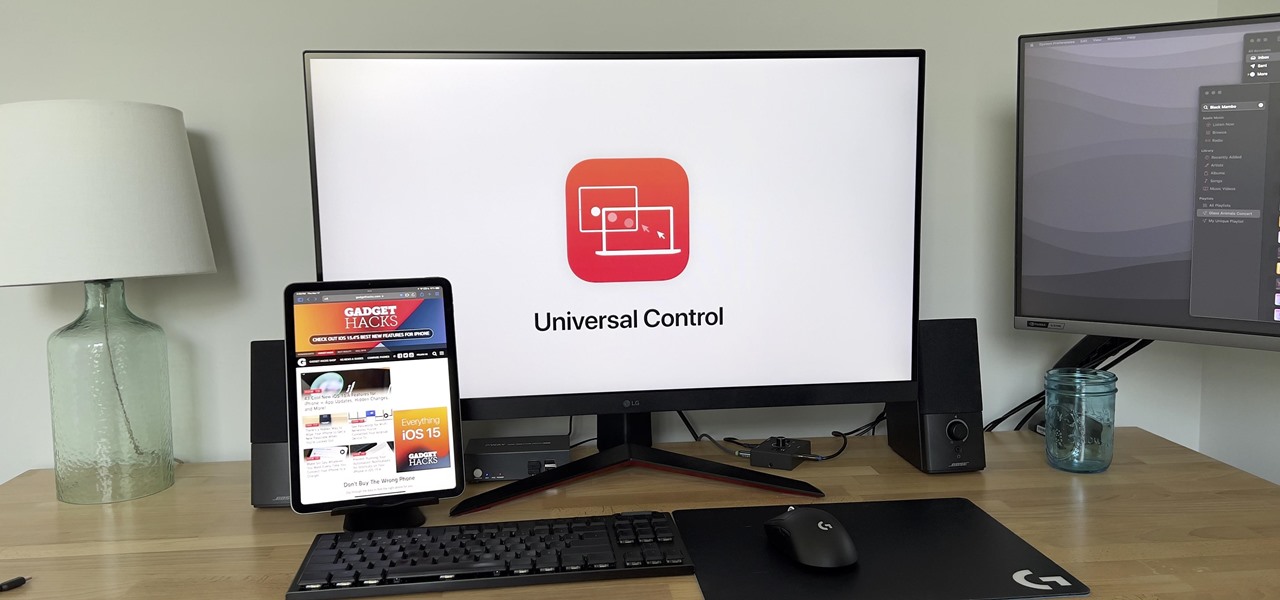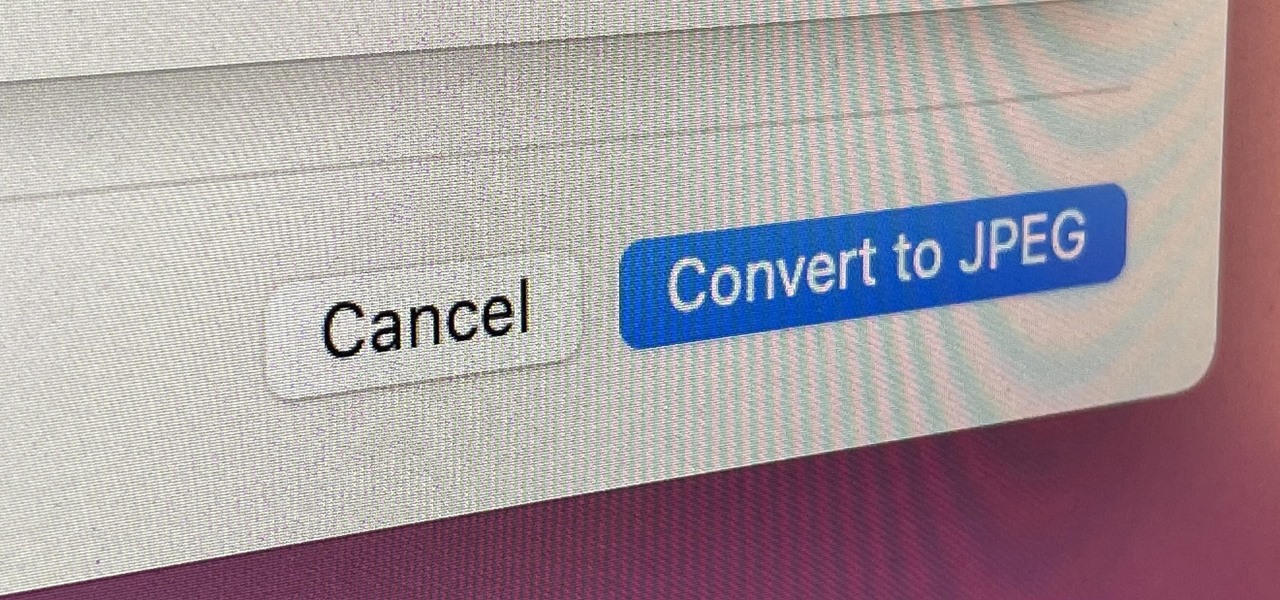Why Mac Homebrew GUI Cork Is Worth Your Time (but Not Your Money)
Apps & Web Apps
Quick Links
-
What Is Homebrew?
-
What Is Cork?
-
What Does Cork Add?
-
How Much Does It Cost?
-
How to Build Cork Yourself
-
How to Use Cork
Key Takeaways
- Homebrew is a package manager that offers an index of free apps and utilities.
- Cork is a GUI for Homebrew that simplifies package management by reducing the reliance on command line prompts from software installation.
- Cork is available for purchase or you can build it from source for free.
Cork is a simple app that makes command-line tool Homebrew easier to use with a graphical interface. You can either choose to pay for the app, or build it yourself from scratch.
What Is Homebrew?
Homebrew is a package manager for macOS, similar to Linux tools apt and flatpak. It’s intended to make software installation easier, and it’s very popular in the open-source community. It bypasses the Mac App Store, letting you install unverified software, but it’s totally legitimate.
Homebrew depends on the command line, so to use it you’ll need to remember certain text commands like:
brew install firefox
Which (unsurprisingly) installs Firefox, and:
brew cleanup --scrub
Which cleans up the cache, removes partial downloads, and that sort of thing.
What Is Cork?
Cork is a graphical user interface (GUI) for Homebrew. It makes package management a bit more accessible with a native Mac app. Using Cork, you don’t need to remember text commands like those above.
Cork is a bit like Linux package managers such as GNOME Software. It’s far less fancy than the App Store, mainly because it focuses on command-line tools. But Cork and Homebrew support GUI apps too—they call them “casks.”
What Does Cork Add?
Most of what Cork does is a wrapper to the command-line brew tool. It covers all the basics from installing formulae, adding more sources (taps), and updating existing packages. One thing Cork does really well is the presentation of summary information:
I find this offers a much better way of keeping up with what Homebrew has installed. The “cached downloads” section is especially useful since it lets you clear disk space that is otherwise easy to miss.
How Much Does It Cost?
Cork is available for €25, which is approximately $26. A demo is available for a short 7-day trial period, but that should be plenty of time to evaluate this simple utility.
Alternatively, you can buy it from the project’s website. If you can afford to, then it’s nice to support an open-source project, but for such a simple app, the asking price is quite high in my opinion.
How to Build Cork Yourself
Cork’s pricing model is unusual, although it’s not unique, especially for a macOS app. The app is open-source, so you can obtain the source code and build it yourself for no cost. However, the project does not make executables (binaries) available for free—you need to pay the aforementioned fee.
Therefore, building the app yourself is an attractive prospect, even though it may be a daunting one. The process is similar to sideloading an app onto iOS: you can build it using Xcode.
The project’s README file has detailed instructions on how to compile the software. Although I found one or two steps needed a small update or clarification, I was able to build the software from scratch in about 15-20 minutes. I have a lot of programming experience, but I’ve never compiled an app in Xcode before, so this was all new territory.
Xcode doesn’t do a great job of alerting you to a build failure, so it’s easy to miss. Keep an eye on the message in the title bar and the icon next to it. Warnings are OK, but if you get an error, click the icon to find out more.
How to Use Cork
On startup, you’ll see the Homebrew Status screen. It’s worth reviewing this information so you can clean up your Homebrew install to a minimalist state.
To install new software, click on the + and type its name or a related term, then press Enter to search:
Once you’ve installed a formula, you’ll be able to run it from the command line right away. Casks should install straight to your Applications folder.
You can also view detailed information for each installed package by selecting it in the left-hand menu, which is also searchable:
This shows just how well Cork makes features more discoverable. The option to “pin” an installed package was news to me; I had no idea brew offered this feature. With Cork, I see relevant features in an appropriate context, just when I need them.
As a fan of open-source software, I’m used to getting it “for free,” so I wasn’t keen on paying a fairly high price for such a simple app. However, building Cork from source is not too tricky, provided you’re willing to spend about 30 minutes of your time.
Cork is a valuable utility that makes Homebrew just a little bit more accessible, even for those of us who are comfortable working on the command line.




















